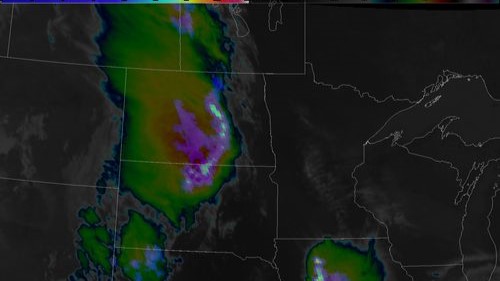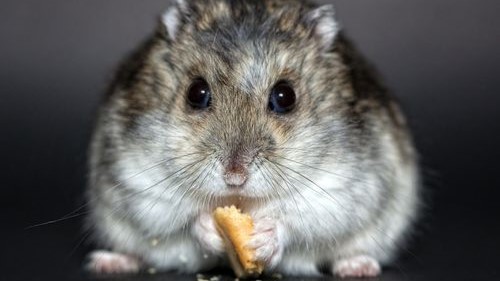When you think of a bird, where do you picture it? In a tree? On the top of a building? If so, grassland birds in the western United States may surprise you! As you might guess from their name, these birds live in the many types of tall and short grasses.
Grasslands are fairly flat, open areas of grass. They go by many names. In the United States, they are often called prairies. In South America, some grasslands are known as pampas. Some Central Eurasian grasslands are referred to as steppes, while some African grasslands are savannas. Many grasslands are found in areas without much rainfall—too little to support trees, but more rain than deserts get. What they all have in common are grasses. In the United States, these can include bluestems, buffalo grass, blue and side-oats grama, switchgrass, wheatgrasses, and more. The grasses vary in height from about 4 to 10 inches up to 7 feet tall, with roots that extend from 3 feet to more than 10 feet deep into the soil!
The deep root systems are important. They hold the soil in place and add important nutrients to it. The rich variety of plants in grasslands provide food and shelter for many animals. In addition to the many species of birds that live in the grasslands or migrate through the plains, the prairies of the United States are home to wild animals such as mule deer, pronghorns, and elk. You may be surprised to learn of one more important animal grasslands support: cattle. The cattle that ranchers raise on the plains may end up as beef on someone’s dinner plate. Grass-fed beef is becoming more popular. Consumers are becoming more interested in purchasing beef that came from cattle raised on wildlife-friendly grasslands.
Over the past few years, grasslands have grown smaller. With the decline of grassland habitats came the decline of grassland birds—a greater decline than any other group of birds. This caused the National Audubon Society, a conservation group that protects birds and bird habitats, to look for ways to help them. Audubon is working with ranchers throughout the Great Plains to create new programs to improve millions of acres of grassland. This will improve the habitat for birds. The program also makes sure that the land provides value to the ranchers’ livestock, which share the grasslands with many wildlife species.
Many conservation groups such as The Nature Conservancy, Pheasants Forever, Ducks Unlimited, American Bird Conservancy, and Bird Conservancy of the Rockies are working with ranchers on other programs. The groups are creating plans to benefit both wildlife and livestock throughout the western United States. They are protecting grasslands from disappearing and improving the way people use them to feed cattle. At the same time, the programs provide habitats for species such as sage-grouse, pronghorn, mule deer, and elk.
By working together, ranchers who raise food for people across the country and groups that care about wild animals and birds can make the land better for everyone.









